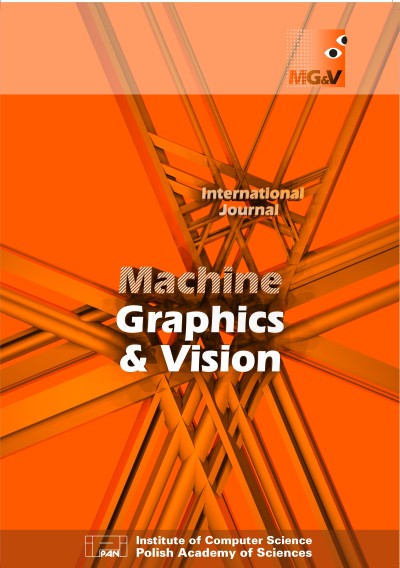Main Article Content
Article Details
V. Cohen, B. Hillman, K. Suarez, and S. Venugopal. Bitonic sort. http://www.cs.rutgers.edu/~venugopa/parallel_summer2012/bitonic_overview.html [Online; accessed Dec 2016].
Microsoft Corporation. ID3D11DeviceContext::DrawInstancedIndirect method. https://msdn.microsoft.com/en-us/library/windows/desktop/ff476413(v=vs.85).aspx [Online; accessed Dec 2016].
Microsoft Corporation. Shader Model 5. https://msdn.microsoft.com/en-us/library/windows/desktop/ff471356(v=vs.85).aspx [Online; accessed Dec 2016].
Jason Stewart (jstewart-amd). AMD GPU Particles Sample. https://github.com/GPUOpen-LibrariesAndSDKs/GPUParticles11 [Online; accessed Dec 2016].
Downloads
- Łukasz Burdka, Paweł Rohleder, Applied inverse kinematics for bipedal characters moving on the diverse terrain , Machine Graphics & Vision: Vol. 26 No. 1/4 (2017)





